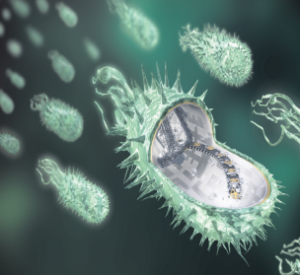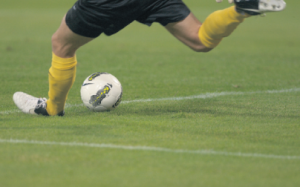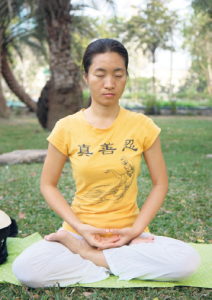WEDNESDAY, 3 OCTOBER 2012
Today we live in fear of bacteria; from microbe-busting hand gels to antibacterial surface wipes and sprays, we are on a mission to rid our lives of these microscopic life forms. However, as a new study published in the journal Science shows, not all bacteria are to be banished and a few of them could do with a long-awaited thank you.The research, carried out by a team of scientists at the National Institute of Health (NIH), found that the millions of bacteria which live on the largest organ in the body, the skin, have the ability to communicate with immune cells to protect us against harmful microorganisms.
The investigators found that “germ-free” mice, which had been raised in a sterile environment and therefore contained no bacteria, were unable to fight off the skin parasite Leishmania major. However, when they were colonised with the “good bacteria” Staphylococcus epidermidis, their immune cells were able to produce a signalling molecule called interleukin-1 that enabled them to defeat the pathogen.
This research gives us new insights into the protective role of skin bacteria and demonstrates their ability to communicate with the immune system. The authors suggest that with further research they’ll be able to determine whether skin disorders such as eczema may be caused by an imbalance of the skin’s resident bacteria. Nicola Hodson
Doi: 10.1126/science.1225152
How to Bend it Like Beckham
Scientists at the University of Leicester have come up with a formula that could help anyone score a goal like Beckham or Rooney. The researchers, four Masters students in the Department of Physics and Astronomy, have created an equation which explains how the amount of spin a footballer puts on a ball affects it’s direction.
Spinning objects create a kind of whirlpool of airflow that results in different velocities of air at the upper and lower side of the object. This causes a pressure difference resulting in a force known as the Magnus force, which causes the spinning object to curl sideways.
The group found that the amount a ball bends as a result of the Magnus force depends on the ball’s radius, the density of air, the ball’s spin, it’s velocity, it’s mass and the distance travelled by the ball in the direction it was kicked.
Following the scientists equation, if a player standing just outside the penalty box would kick an average football with a velocity of 35 metres per second and a spin of 10 revolutions per second, the ball would bend approximately 6 metres towards the goal. Jannis Meents
https://physics.le.ac.uk/journals/index.php/pst/article/viewArticle/458
Meditation Reduces Inflammation
Yoga has been shown to decrease stress levels in caregivers for Alzheimer’s and dementia patients. Now, thanks to a new study by researchers at University of California Los Angeles, it is known what causes this calming effect.
The study, published in the journal Psychoneuroendocrinology, randomized 45 carers into two groups. One group practiced a form of chanting yoga meditation for 12 minutes a day for eight weeks, whereas a second group listened to a relaxation CD for the same amount of time. Blood samples taken at the start and end of the study showed that 68 genes responded to reduce inflammation in the group who carried out meditative yoga. When constantly activated, the inflammatory response can lead to stress related chronic health problems such as heart disease and depression. It is encouraging to know that something as simple as yoga meditation could provide some relief for these individuals who work tirelessly to maintain and improve the wellbeing of those in their care. Mrinalini Dey
Doi.org/10.1016/j.psyneuen.2012.06.011



